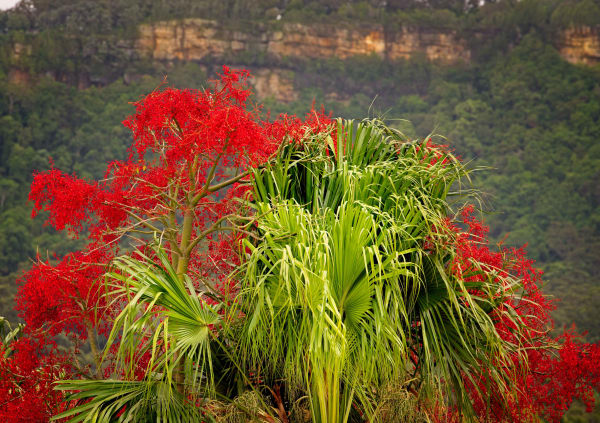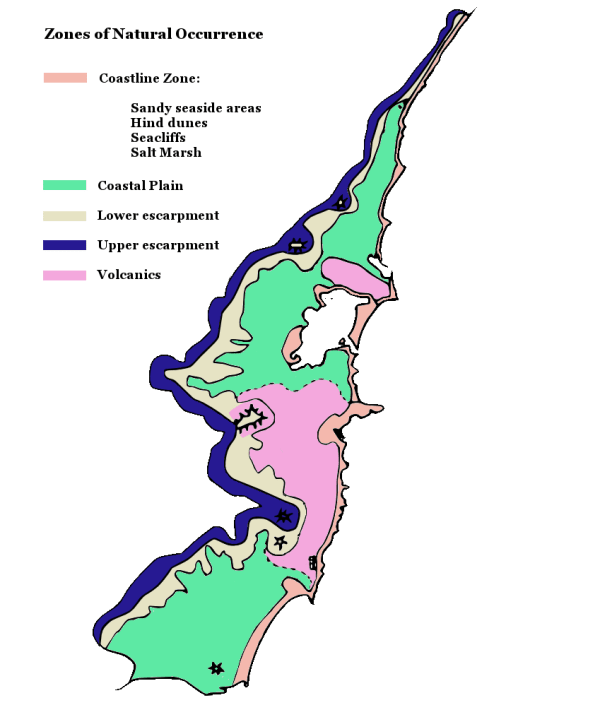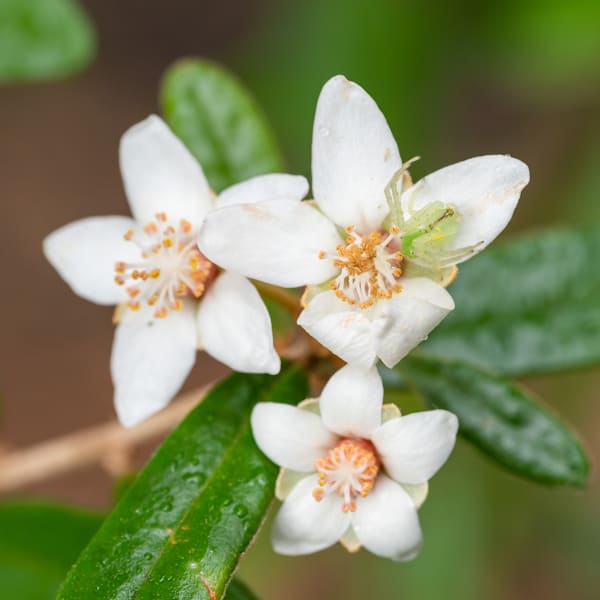Hi there, Illawarra Flame readers! I’m Emma, coordinator of the Growing Illawarra Natives website.
I’d like to welcome you to a new series in the wild Wednesday edition of Illawarra Flame, all about the amazing native plants that call this region home. Amanda de George’s weekly fauna features have been introducing us all to some of the local critters, large, small and teeny-tiny – and, as you may not be that surprised to learn, each and every one of those critters depends in one way or another on our native plants, whether in tall forests, sparse scrublands, wetlands or coastal dune vegetation. Amanda and the Flame's editor, Genevieve Swart, reached out to me, and we’ve decided to try adding a flora feature to the Wednesday updates.
So here goes! Each week I’m going to rave on about (at least) one of our incredible local plant species, from the giant trees like the Red Cedar (Toona ciliata) or the colourful Illawarra Flame Tree (Brachychiton acerifolius), to delicate little Necklace Ferns (Asplenium flabellifolium) or the endangered cress known as Illawarra Irene (Irenepharsus trypherus).

I’ll explore the interesting features of these plants, and the important roles they play in our unique local environment, not to mention their potential in local gardens. Wherever I can, I’ll link the flora to local fauna, so we can explore the networks of connections between our plants and animals.

To set the scene, here’s a rough map of the Illawarra region, breaking it down into different zones that each are home to quite different sorts of plants. You can see Lake Illawarra more or less in the centre of the map, while the northernmost end is at Bald Hill. Many of our local plants are adapted to grow in only one or two of these zones, although some are much more flexible. Check out the map and try to work out which zone you live, play or work in, as that will affect which native plants you’re likely to see around you.

In conclusion, I’m looking forward to going on this plant journey with you, and here’s a bunch of flowers from a local plant that’s flowering beautifully just now, the Springbrook Wedding Bush or Ricinocarpos speciosus. I counted four different spiders on this plant in just a few minutes the other morning, so the flora-fauna connections are strong here!
The one pictured below is a Crab Spider (Sidymella rubrosignata). Photo courtesy of my partner Keith Horton who is more patient and skilled with the camera than me!







